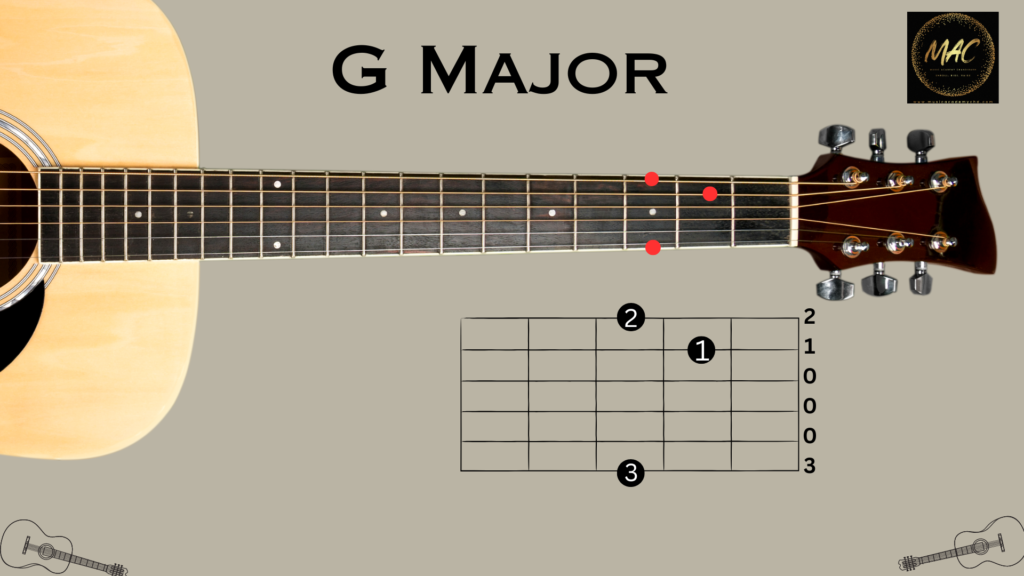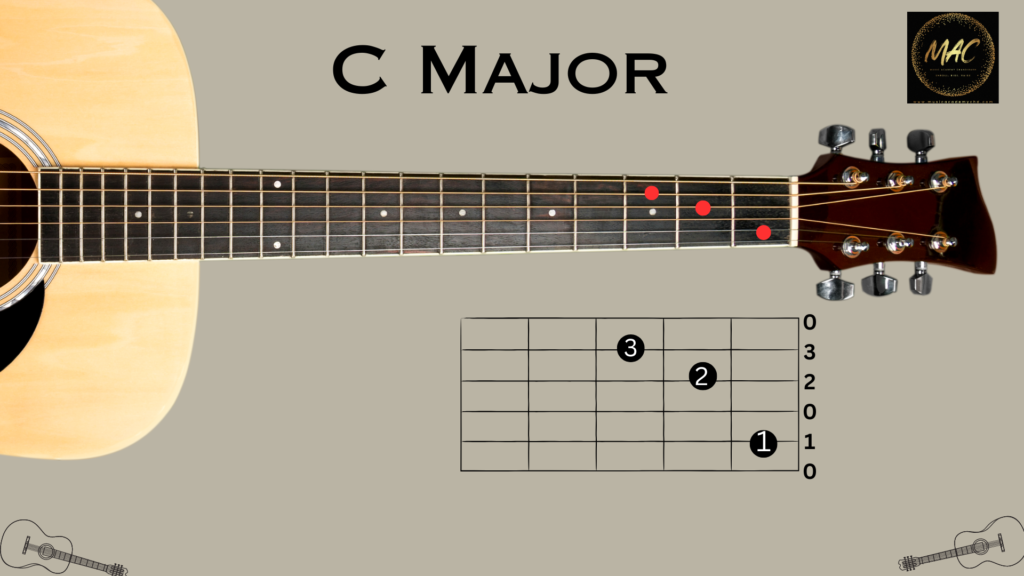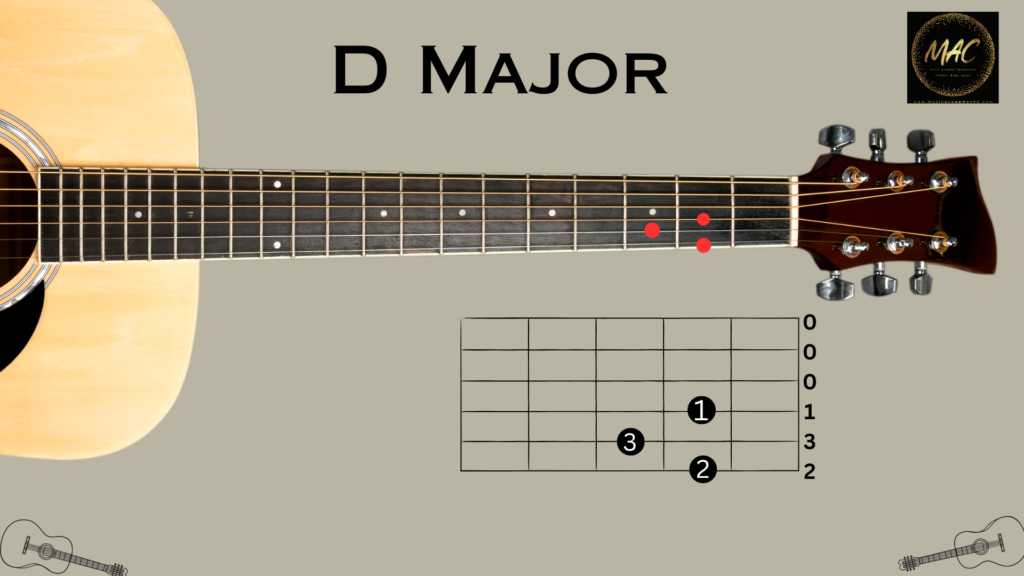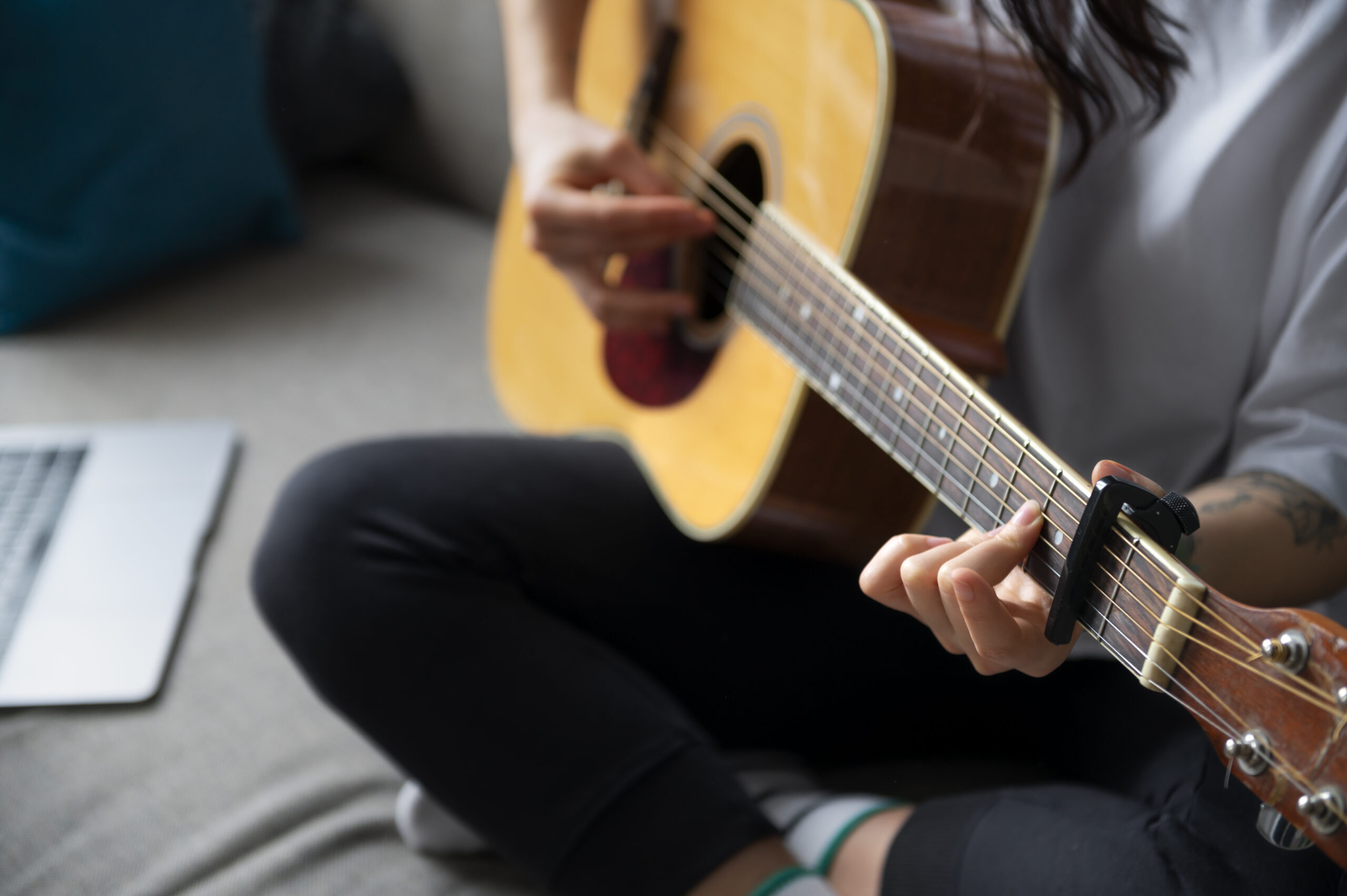Welcome to your first guitar lesson for Beginners! Whether you’ve just picked up a guitar for the first time or are returning to the instrument after a break, this beginner’s guide will provide you with the essential knowledge and skills to kickstart your musical journey with us.
Getting Started: Introduction to the Guitar
Before we dive into playing, let’s familiarize ourselves with the different parts of the guitar:
- Body: The main part of the guitar, which houses the sound hole (on acoustic guitars) or pickups (on electric guitars).
- Neck: The long, narrow part of the guitar that extends from the body and holds the fretboard.
- Fretboard: The flat surface on the neck of the guitar, divided into frets, where you press down to produce different notes.
- Headstock: The top part of the guitar where the tuning pegs are located.
- Strings: Thin metal wires that run along the length of the fretboard and produce sound when plucked or strummed.
Tuning Your Guitar
Before we start playing, it’s essential to ensure that your guitar is properly tuned. Subsequently, The standard tuning for a guitar is EADGBE, with the thickest string (low E) being the lowest pitch and the thinnest string (high E) being the highest pitch. You can use a tuner or a tuning app to help you tune each string to the correct pitch.
Basic Chords: G, C, and D
Now that your guitar is tuned, let’s learn some basic chords. Chords involve playing combinations of notes together to create harmony.
We’ll start with three fundamental chords: G, C, and D.
- G Major (G):

- C Major (C):

- D Major (D):

Practice transitioning between these chords slowly and deliberately. Focus on keeping your fingers close to the frets and applying just enough pressure to produce a clean sound.
Strumming Technique
Now that you’ve mastered a few chords, let’s work on our strumming technique. Hold your pick between your thumb and index finger and position it just above the strings. Then, Start by strumming downwards across the strings, making sure to keep a steady rhythm. As you progress, Experiment with different strumming patterns and dynamics to add texture and expression to your playing.
Seek Community and Support:
Many online guitar lesson platforms offer forums, discussion boards, or communities where you can connect with fellow students, ask questions, and share your experiences. Additionally, Take advantage of these resources to seek support, exchange tips and advice, and foster a sense of camaraderie with other aspiring musicians. You can also subscribe to our you tube channel for guitar learnings.
Click here to join us.
Conclusion
Congratulations! You’ve completed your first guitar lesson for Beginners and taken your first steps toward becoming a guitarist. Moreover, Remember to practice regularly, stay patient with yourself, and most importantly, have fun making music. In the next lesson, we’ll explore more chords, strumming patterns, and techniques to further develop your skills. Keep strumming and enjoy the journey!

